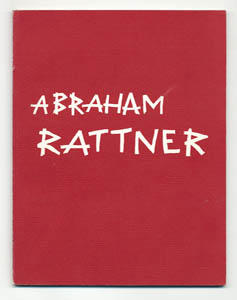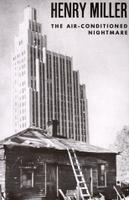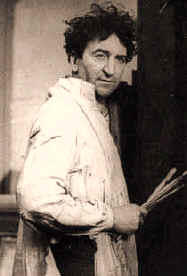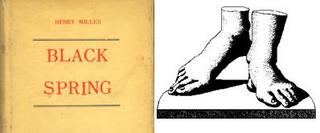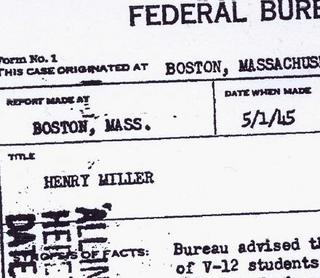Young Henry Miller at P.S. 85 in Brooklyn
 A 1906 photo of the school is at left (from the Brooklyn Public Library website). By searching "Public School 85" in the on-line historic newspaper Brooklyn Daily Eagle (from the same website), you can find stories about the opening of the school in 1893, as well as an incident in which the school ran out of coal in December 1900 and the kids (Henry as well?) were sent home.
A 1906 photo of the school is at left (from the Brooklyn Public Library website). By searching "Public School 85" in the on-line historic newspaper Brooklyn Daily Eagle (from the same website), you can find stories about the opening of the school in 1893, as well as an incident in which the school ran out of coal in December 1900 and the kids (Henry as well?) were sent home.It was early winter 1900, when Henry, age 9, moved with his family to Decatur Street in Bushwick. He was forced to fit into a new neighbourhood and this new school (just a couple of blocks away from home). He made life-long friends however, like Emil Schnellock and Jimmy Pasta.
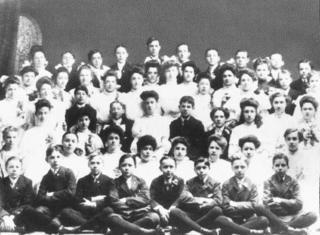
Henry was impressed with Emil's chalkboard drawings at PS 85, and eventually befriended him. Schnellock wrote about first meeting Henry in Just A Brooklyn Boy (printed in The Happy Rock: A Book About Henry Miller.)
In a letter to Emil on October 25, 1934, Henry wrote: "Never forget my first impression of you. Don't seem to recall previous meetings--only that day shortly before Christmas when you stood up and quietly and efficiently proceeded to cover the blackboard with Christmas trees and Santa Clauses." (p. 156, Letters To Emil).
Henry wrote about Jimmy Pasta in a story called Jimmy Pasta, which was included in his Book Of Friends. In the PBA Galleries on-line archive, they refer to the original manuscript for this story, in which Henry had crossed out the last names of people from this time period, including those of "lusty female teachers at P.S. 85."
Miller writes about his disappointment with the uninspired, mechanical teaching methods at PS 85--in particular, his History teacher, Mr. Payne--in The Books Of My Life. (1950) Maybe the educational style enforced by the principal Arthur C Perry had something to do with it; keys to this dry method are probably found in Perry's 1908 book, The Management Of A City School.
In Robert Ferguson's biography, Henry Miller: A Life, he makes reference that Henry was briefly suspended from the school in October 1902 (p. 12; he doesn't mention why).
In the article Classmates At PS 85,Thomas Mann details the relationship between Henry and Emil. In this on-line article, this class photo (seen above) is included. The photo is not captioned, but my impression is that this is the Class Of 1905. Is that Henry, third from left, bottom row?
When Henry graduated from PS 85 in 1905, he parted ways with Schnellock and Pasta, but these two men would later re-enter his life, and offer him support and encouragement on his path to becoming a writer.
